Revealing images of the Great Barrier Reef depict the stark reality of ongoing coral bleaching
These picturesque underwater scenes may seem idyllic at first glance, but closer inspection reveals crucial evidence hidden in plain sight.
Environment
Don't miss out on the headlines from Environment. Followed categories will be added to My News.
These picturesque underwater scenes may seem idyllic at first glance, but what’s in them actually reveals devastating damage to on one of Australias most iconic national treasures.
The Great Barrier Reef, located along the coastline of Queensland, is the world’s largest and longest coral reef system. Averaging about the same size as Japan or Italy, it is made up of more than 3000 individual reefs.
Tourists flock from all over the world to catch a glimpse of the reef, many of them photographing the underwater wonder on their travels. But scientists have warned there is an urgent need to capture images of the reef and it’s not just for holiday albums or Instagram.
Citizens of the Reef (COTR) head of engagement Nicole Senn said on average only about 2 to 5 per cent of the reef is surveyed for ongoing damage cause by bleaching events.
The conservation organisation, on the tropical north east coast of Far North Queensland uses its annual Great Reef Census to survey the reef by collecting and analysing thousand of images from “citizen scientists”, and this year Ms Senn said it was “crucial” to scale up efforts.
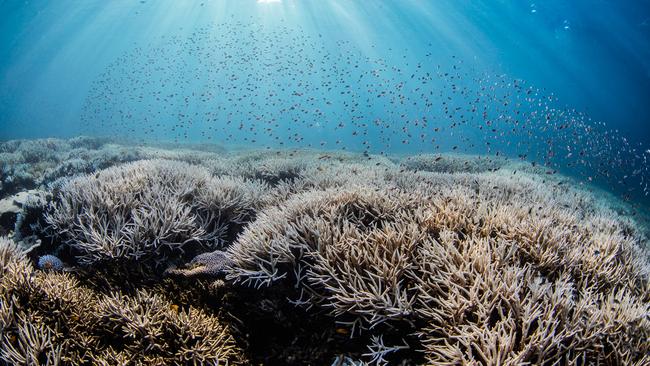
COTR aims to aid the protection and conservation of the Great Barrier Reef and reefs all over the world, using tech, data and a new collaborative approach to conservation.
Chief executive Andy Ridley, who is also a co-founder and CEO of Earth Hour, has led the charge for the The Great Reef Census, a ground-breaking initiative to survey the far reaches of the 2300 km Great Barrier Reef, which has become one of the world’s largest marine citizen science efforts.
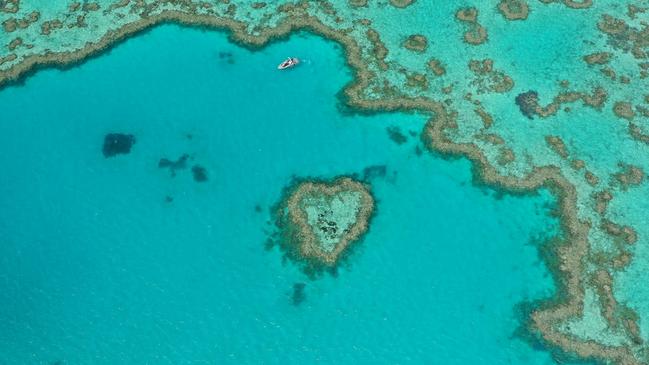
What is the census, and why is it important for me to know about it?
The census is now in its fourth year, and Ms Senn encourages all Australians to join in its efforts to save the reef, by signing up to help them reach its goal of processing and examining 150,000 images.
“We really need to scale up our conservation efforts on the reef, it’s very difficult and expensive for just scientists to go out and survey all these areas of the reef,” she said.
“By mobilising the community and getting them out there taking photos, providing data to scientists and then also helping with the analysis by processing that data we can rapidly get results back to scientists”.
COTR is also a world-wide census where members of the general public can participate in analysing photos taken of the Great Barrier Reef and assist in the scientific research carried out on Australia’s reef system.
“We’ve almost hit 100,000 analyses on our platform, but we’re hoping to hit 150,000 before we can pass on that data. We’re really calling on people across Australia and around the world to sign up and help us analyse these images,” Ms Senn said.
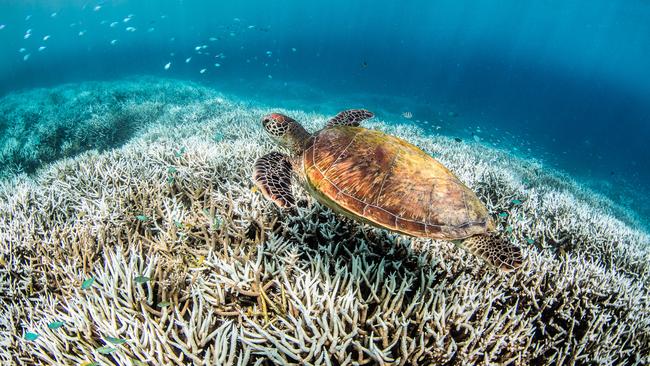
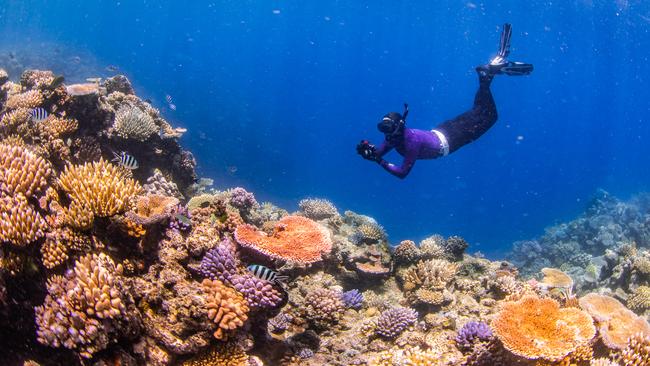
How does The Great Reef Census work?
Images taken for the census will initially be analysed using an artificial intelligence (AI) powered system, which analyses the images to about 70 percent accuracy.
The next phase is for the citizen scientists who sign up, to help process those images in a second round of analysing, and identify three key coral types COTR is looking for.
“By labelling these key coral types in the images, we’re able to then pass data onto scientists quickly, so that we can help identify these key source reefs,” Ms Senn said.
“AI analyses them (images) within 70 per cent accuracy, but then having citizen scientists come on to help verify the AI, we’re actually getting to within 90 per cent accuracy of experts.
“It is a really efficient and accurate way of processing data quickly, each image needs to be analysed at least five times to get that level of accuracy.”
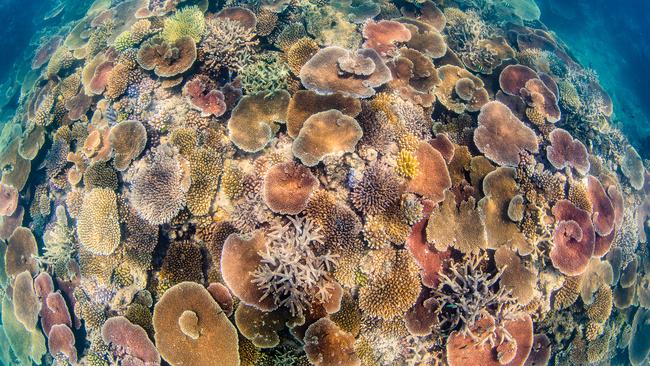
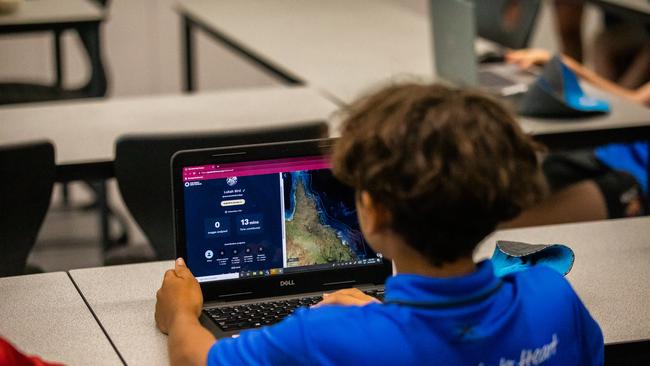
Aerial surveys are conducted to check the reefs, focusing on “reef flats”, while useful, these surveys only show what is happening up to about two meters deep.
Therefore, it is critical for the census to gather data from deeper within the coral beds.
“When big bleaching events happen, like it did in 2016 and 2017, aerial surveys carry out what’s called ‘reef flats’ which gives us an idea of what’s happening on the reef, but it’s really only recording maybe two metres deep,” Ms Senn said.
The problem with analysing the reef on the first two metres alone, results in “variable” data because the coral in the shallower waters is the easiest and most susceptible to bleaching and damage, according to Ms Senn.
“Bleaching events do give you a sort of bitter feeling, you know, like you feel a bit hopeless,” she said.
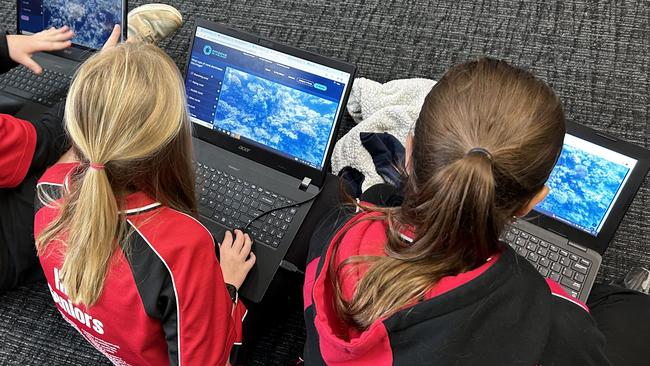
Who’s Jumping In?
Students from a “tiny town” more than 2000 km away from the Far North Queensland coast line have eagerly turned down their daily allocated gaming time, instead opting to help save The Great Barrier Reef (GBR).
Grade five and six students from Hahndorf Primary School in South Australia were all a buzz when they were told by their senior unit teacher Alison Marsh they would become “citizen scientists” through analysing photos taken of the iconic reef in this year’s Great Reef Census (GRC).
“We’re a long way from the Great Barrier Reef, we’re a little tiny SA school, 200 students. One of our kids who’s top of the leaderboard has done 1734 images himself,” Ms Marsh said.
“Students have told me when they get home they have asked to trade their gaming time to do the census instead and parents are now joining in, so it’s also become families doing it.”
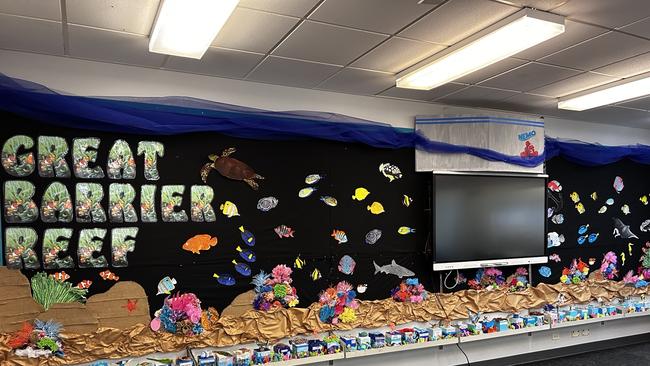
This is the first time the small South Australian school has participating in the census.
Many of their students have never been to the reef, yet their commitment to preserving this natural wonder is clear through their dedication to analysing reef photos.
“By participating in the census, it shows the kids you can actually make a difference, because we’re miles and miles away from the reef, but what they’re doing is really making an impact,” Ms Marsh said.
Ms Senn said it has been incredible to see the dedication and enthusiasm these students have shown with analysisng the census reef images.
“Through this programme with school students, seeing their passion and hope and the motivation they have, it’s so fulfilling, it reignites you,” she said.
More Coverage
Originally published as Revealing images of the Great Barrier Reef depict the stark reality of ongoing coral bleaching





